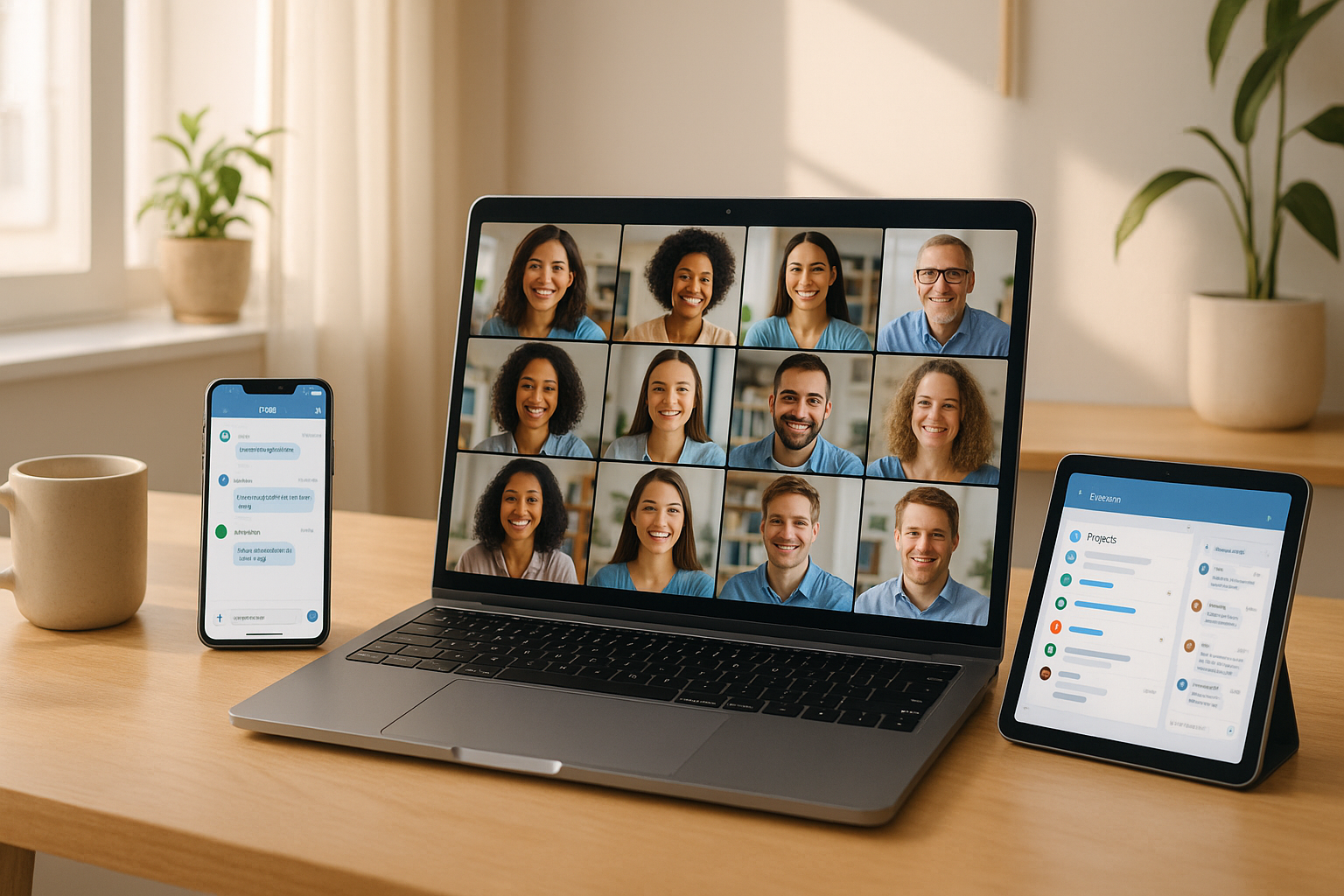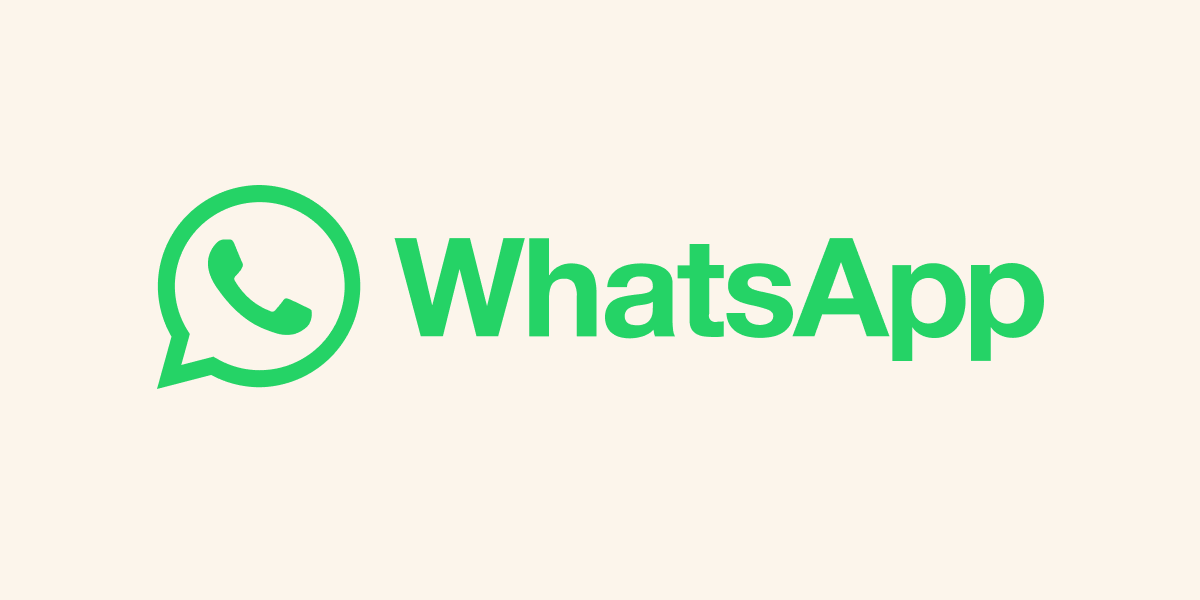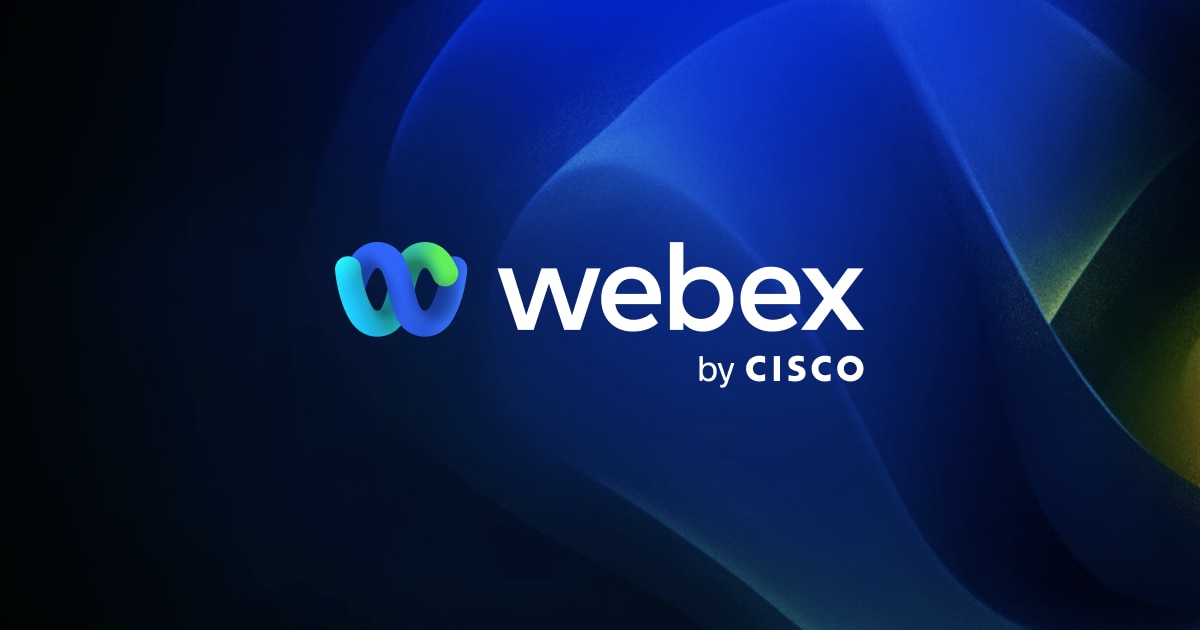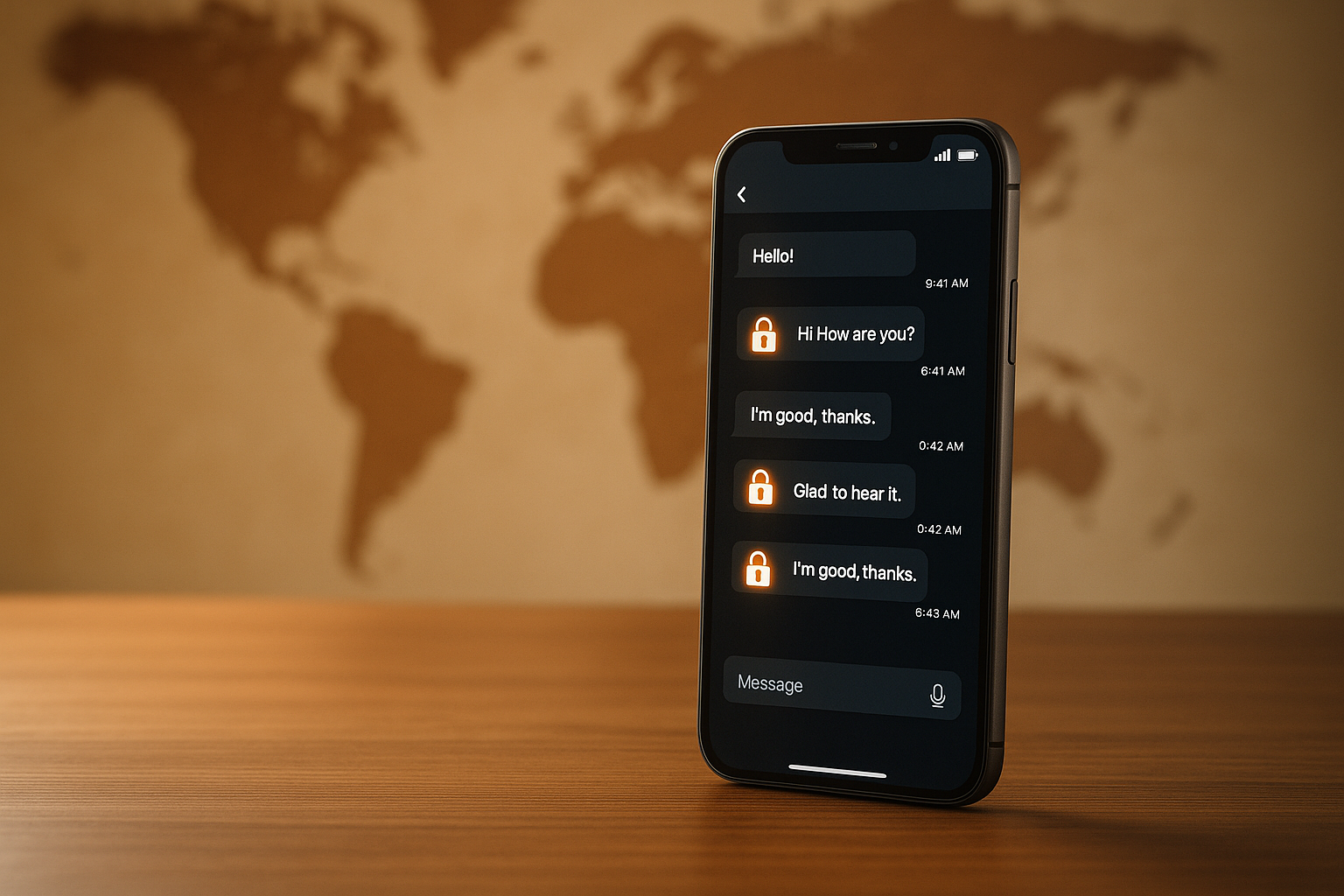10 Best Skype Alternatives for 2025: Complete Communication Platform Guide
With communication tools becoming essential for work and personal use, finding the right platform is critical. Whether you need secure messaging, crystal-clear video calls, or large meeting capacities, here are the top 10 Skype alternatives for 2025:
Quick Overview: Top 10 Skype Alternatives
Quick Comparison Table
| Platform | Max Participants | Free Plan | End-to-End Encryption | Best For |
|---|---|---|---|---|
| Zoom | 100-1,000 | Yes | Limited | Video conferencing |
| Microsoft Teams | 1,000+ | Yes | Limited | Business collaboration |
| 8 | Yes | Yes (messages only) | Personal messaging | |
| Google Meet | 100-1,000 | Yes | Limited | Google Workspace users |
| Viber | 8 | Yes | Limited | International calling |
| Discord | 99+ | Yes | No | Gaming and communities |
| Signal | Varies | Yes | Yes | Privacy-first messaging |
| Cisco Webex | 100-1,000 | Yes | Yes (Enterprise plans) | Professional meetings |
| Jitsi Meet | 35-1,000 | Yes | Limited | Free video conferencing |
| Telegram | 1,000 viewers | Yes | Limited | Large groups and sharing |
Each platform offers unique strengths depending on your needs. For privacy, go with Signal. For business, Microsoft Teams or Webex is a great choice. For casual use, WhatsApp or Telegram works well. Explore the features to find the best fit!
Detailed Platform Reviews
1. Zoom
Zoom has established itself as a leader in video communication, offering a range of features suitable for individuals, small teams, and large organizations. Its popularity surged during the COVID-19 pandemic, with the platform adding 2.22 million new monthly active users.
Video/Audio Quality
One of Zoom's key strengths is its reliable HD video and audio quality, available across all plans, including the free tier. As Mike Walsh, CEO, puts it:
"Zoom offers crisp HD video and voice. It delivers crisp HD video and voice in every meeting."
The platform also includes noise suppression technology, which minimizes background distractions, ensuring a smoother communication experience.
Participant Limits
Zoom's flexible participant capacity caters to a variety of needs, with options scaling across its pricing plans. The free Basic plan accommodates up to 100 participants but limits group meetings to 40 minutes. Paid plans remove this restriction, allowing sessions to extend up to 30 hours.
| Plan | Participants | Time Limit | Monthly Cost |
|---|---|---|---|
| Basic | 100 | 40 minutes | Free |
| Pro | 100 | 30 hours | $13.33/user |
| Business | 300 | 30 hours | $18.32/user |
| Enterprise | 500 (up to 1,000) | 30 hours | Custom pricing |
Cross-Platform Compatibility
Zoom ensures seamless functionality across devices, whether you're using Windows, Mac, iOS, or Android. The platform delivers an optimized experience on desktops, smartphones, and tablets, making it accessible from virtually anywhere.
Security Protocols
Since 2020, Zoom has significantly enhanced its security measures, earning an A rating with a score of 907/950 from UpGuard. The platform operates on a "Zero Trust" model, which emphasizes strict access verification.
Key security features include:
- Multi-factor authentication (MFA): Adds an extra layer of protection for account access.
- TLS 1.2 encryption: Secures data while it's being transmitted.
- AES-256 encryption: Protects recorded meetings and stored files.
- Host controls: Enable passcode requirements, waiting rooms, and restricted access.
2. Microsoft Teams
Microsoft Teams has become a cornerstone of modern workplace communication, seamlessly integrating with Microsoft 365. By combining messaging, video conferencing, and file sharing into a single hub, it's especially appealing to businesses already using Microsoft's ecosystem.
Video/Audio Quality
Microsoft Teams leverages AI to elevate the quality of audio and video in meetings. Its algorithms reduce background noise, enhance voice clarity, and even offer real-time transcription services. For video, users benefit from features like background customization, automatic brightness adjustments, frame cropping, and soft focus effects.
Participant Limits
Teams can host up to 1,000 fully interactive participants in standard meetings, with an additional 10,000 attendees in view-only mode for larger events. Specialized events like webcasts and town halls can accommodate thousands more, also offering view-only options when needed.
Security Protocols
Security is a key strength of Microsoft Teams. The platform uses encryption to protect data both in transit and at rest, relying on trusted technologies like TLS and SRTP. End-to-end encryption is available for one-on-one calls and meetings through Teams Premium.
3. WhatsApp
WhatsApp has grown far beyond its roots as a simple messaging app, now serving over 3 billion users worldwide. While it's best known for personal messaging, its voice and video calling features make it a practical choice for those who value straightforward communication.
Security Protocols
WhatsApp places a strong emphasis on privacy, with end-to-end encryption (E2EE) as its backbone. This encryption, based on the Signal Protocol, ensures that only the sender and recipient can access messages, calls, photos, videos, and voice notes.
"The foundation of privacy on WhatsApp is that your personal messages and calls are protected by end-to-end encryption so that only the sender and recipient can see, listen to or share them." - WhatsApp Blog
Pricing Models
For personal users, WhatsApp is completely free. There are no subscription fees, participant charges, or call time limits. While the platform generates revenue through its WhatsApp Business API for enterprises, individual users never face any costs.
4. Google Meet
Google Meet has become a trusted choice for video conferencing, connecting 300 million users each month. As part of the Google ecosystem, it integrates effortlessly with Gmail, Google Calendar, and other Google Workspace tools.
Video/Audio Quality
Google Meet delivers HD video up to 1080p and clear audio, enhanced by advanced AI technology. Its noise cancellation feature filters out background sounds, while it also reduces echo and adjusts participant volumes automatically.
"Google Meet shines with free 1080p and AI-driven noise suppression" – The NearHub Team
Participant Limits
The free version of Google Meet supports up to 100 participants, with a 60-minute limit on meetings involving three or more users. For larger gatherings, paid plans offer extended durations and higher participant capacities.
| Google Workspace Edition | Maximum Participants | Monthly Cost per User |
|---|---|---|
| Meet Free | 100 | $0 |
| Business Starter | 100 | $7 |
| Business Standard | 150 | $14 |
| Business Plus | 500 | $22 |
| Enterprise Plus | 1,000 | Custom pricing |
5. Viber
Viber stands out as a major player among communication tools in 2025, boasting over a billion registered users. It's particularly popular in regions like Eastern Europe and the Mediterranean, with strong footholds in countries like Bulgaria, Greece, and Serbia.
Video and Audio Quality
Viber is known for delivering excellent voice and video call quality. According to GetApp, users rate its video support at 4.4 out of 5 stars. While it offers free internet calls, the quality can occasionally dip due to network issues, causing brief blurriness or interruptions.
Security Features
Security is a key strength for Viber. Personal chats and one-on-one calls are protected with end-to-end encryption by default, a standard it has upheld since 2016. Encryption keys are stored directly on user devices, ensuring that communications remain private.
6. Discord
Discord has grown far beyond its original purpose as a gamer-focused platform, becoming a go-to communication tool for over 259.2 million users every month. While its roots are in gaming, it now caters to diverse groups, including businesses, communities, and casual users.
Video and Audio Quality
Discord is known for its low-latency, smooth streaming experience. By default, streams run at 720p/30fps, but users can upgrade to Nitro Classic for 1080p/60fps or Nitro for 4K/60fps. The platform's multi-process pipeline ensures smooth handling of high-resolution images and high frame rates.
Participant Limits
Discord's flexible structure accommodates a wide range of group sizes. Voice channels can host anywhere from 1 to 99 participants, while text channels support up to 250,000 members. Each server can include up to 500 channels (a mix of text and voice) and manage up to 1,000 active threads.
7. Signal
Signal has earned its place as a privacy-first communication platform, widely praised by cybersecurity experts around the globe. With around 70 million monthly active users and over 220 million downloads as of January 2025, this nonprofit platform has built a reputation for prioritizing security and safeguarding user privacy above all else.
Security Protocols
Signal takes security seriously, protecting every message, call, and video chat with end-to-end encryption powered by the widely trusted Signal Protocol. This protocol uses advanced algorithms like the Double Ratchet, X3DH, and PQXDH to secure communications while ensuring no metadata is stored.
"Its encryption protocol, the open-source Signal Protocol, is widely regarded as the gold standard in secure messaging and is even used by WhatsApp and Facebook Messenger for certain chats." - Vahid Behzadan, assistant professor of cybersecurity
Signal's encryption framework includes Curve25519, AES-256, and HMAC-SHA256 as its cryptographic building blocks. Features like "sealed sender" ensure that even the sender's identity remains hidden during message transmission.
8. Cisco Webex
Cisco Webex is a robust communication platform designed to cater to teams of all sizes, from small groups to large enterprises. Known for its professional collaboration tools and AI-driven noise removal, Webex has carved out a strong position in the video conferencing market.
Video/Audio Quality
Webex ensures top-notch audio and video performance, making it a go-to choice for professional settings. It supports up to 1080p resolution for motion and video content, delivering sharp visuals that are ideal for presentations and dynamic applications.
One standout feature is its AI-powered noise removal, which has filtered out 16 billion minutes of background noise during video conferences.
Participant Limits
| Plan Type | Participant Limit | Meeting Duration | Monthly Cost |
|---|---|---|---|
| Webex Free | Up to 100 | 40 minutes | $0 |
| Webex Starter | Up to 150 | Unlimited | $11/user |
| Webex Business | Up to 200 | Unlimited | $16.04/user |
| Webex Enterprise | Up to 1,000 | Unlimited + Recording | Contact Sales |
Security Protocols
Webex takes security seriously, employing a multi-layered approach that includes data center protection, application safeguards, and administrative controls. The platform offers two types of end-to-end encryption: Webex End-to-End Encryption via the Webex Key Management System (KMS) and Zero-Trust End-to-End Encryption using the Messaging Layer Security (MLS) protocol.
9. Jitsi Meet
Jitsi Meet is a free and open-source communication platform that offers a simple, no-frills way to host virtual meetings. With no downloads or account creation needed for basic use, it's a go-to choice for privacy-conscious users and organizations that want full control over their communication setup.
Security Protocols
Jitsi Meet takes security seriously. For one-on-one calls, it uses DTLS-SRTP for end-to-end encryption. In multi-party meetings, it employs network-level encryption through the Jitsi Videobridge, with optional end-to-end protection via a JFrame variant that rotates encryption keys whenever participants change.
Pricing Models
Jitsi Meet is entirely free to use, with no charges for hosting meetings, participant limits, or time restrictions. This makes it especially appealing for schools, non-profits, and organizations on tight budgets.
10. Telegram
Telegram has grown far beyond being just a messaging app. With over 950 million active users, it offers a wide range of features, including voice and video calls, as well as multimedia sharing.
Participant Limits
Designed to handle large audiences, Telegram allows up to 30 video broadcasters in group calls while supporting 1,000 viewers. This makes it ideal for webinars, virtual events, or presentations where a few speakers address a larger audience.
Security Protocols
Telegram uses its custom encryption protocol, MTProto. However, there's an important distinction: regular chats are protected by client-server encryption, not end-to-end encryption. For full end-to-end encryption, users must manually activate "Secret Chats", which are limited to one-on-one conversations.
Pricing Models
Telegram operates on a freemium model. The free version includes unlimited cloud storage, file sharing (up to 2 GB per file), and support for large groups, channels, and voice/video calls. For those seeking more, Telegram Premium costs $4.99 per month (US).
Platform Comparison: Benefits and Drawbacks
Each platform comes with its own set of perks and limitations. Knowing these differences can help you choose the right one based on your priorities - whether that's top-notch security, collaboration tools for work, or simple messaging convenience.
Security-focused platforms like Signal are a go-to for privacy enthusiasts. Signal uses end-to-end encryption by default for all messages, ensuring strong protection. However, it does require phone number verification, which might not appeal to those seeking complete anonymity.
For professional collaboration, business-oriented platforms stand out. Microsoft Teams is a solid choice for organizations already using Office 365, offering seamless integration and robust collaboration tools. Zoom is known for reliable video conferencing, supporting up to 100 participants. Google Meet, on the other hand, integrates deeply with Google Workspace and includes features like live captions to improve accessibility.
Social networking platforms like Telegram offer a middle ground, with over 900 million users as of April 2024. However, its end-to-end encryption is limited to secret chats and specific voice or video calls. Discord, popular among gamers, has around 200 million monthly active users and is great for casual group communication.
| Platform | Monthly Users | End-to-End Encryption | Starting Price | Best For |
|---|---|---|---|---|
| 2 billion | Non-business messages only | Free | Personal messaging | |
| Telegram | 900 million | Secret chats only | Free (US$4.99 Premium) | Social networking |
| Discord | 200 million | No | Free | Gaming communities |
| Signal | Not specified | All messages by default | Free | Secure communication |
When it comes to international calling, platforms vary significantly. International calling features are where Viber shines. Its Viber Out service costs US$5.99 per month and allows unlimited calls to any mobile or landline worldwide. With over 1 billion registered users across 193 countries, Viber is especially popular in Asia.
Privacy concerns are another key factor. Signal is widely regarded as one of the most secure messaging platforms. In contrast, Telegram has faced backlash for its lax enforcement of rules, which experts say has made it a hub for scams and cybercrimes.
Pricing models also vary widely. Some platforms, like Microsoft Teams and Google Meet, charge per user, making them ideal for peer-to-peer interactions. Others, like Zoom and Webex, charge per host, which works better for webinars.
Conclusion
Choosing the right communication tool comes down to aligning your needs with each platform's strengths. Here's a quick recap to help guide your decision.
For personal use, Google Meet, Jitsi Meet, and Zoom provide simplicity and reliability. If you're focused on business collaboration, Microsoft Teams stands out with its powerful features. Meanwhile, Signal is the go-to for those prioritizing privacy and security.
Your decision should reflect what matters most - whether it's affordability, collaboration, or security. And don't forget: face-to-face meetings are proven to be 34 times more effective than email communication. This makes video quality and reliability essential no matter how you plan to use the platform.
Take advantage of free trials or basic plans to get a feel for what works best for you. Let this overview inspire you to explore the platform that aligns with your top priorities.
FAQs
What should businesses look for when choosing a Skype alternative?
When choosing a Skype alternative for your business, it's important to weigh a few key factors to ensure the platform meets your needs. Start by looking at integration - the tool should blend smoothly with the software and systems your team already uses. Usability is another big one; the platform should be straightforward and easy for your team to navigate without a steep learning curve. And don't forget about scalability - you'll want a solution that can grow alongside your business.
Security is non-negotiable. Opt for platforms that offer end-to-end encryption and adhere to industry compliance standards to keep your communications safe. The pricing structure is also worth a close look - make sure it aligns with your budget while delivering the features you need. Lastly, choose a platform that includes strong collaboration tools, such as file sharing and project management capabilities, to help your team stay productive and connected.
Which Skype alternative offers the best security and privacy features?
Many Skype alternatives focus on security and privacy, but a few go the extra mile to protect your data. Signal, for instance, is widely praised for its end-to-end encryption and strict no-data-retention policies. This means your messages remain private and secure, making it a top pick for anyone who prioritizes confidentiality in their conversations.
When it comes to video conferencing, Zoom has stepped up its game in recent years. The platform now includes end-to-end encryption for meetings and offers advanced authentication tools, which makes it a reliable choice for businesses that need secure virtual collaboration.
In short, Signal is a standout for secure messaging, while Zoom delivers strong privacy features for video calls and group meetings.
What is the best Skype alternative for hosting large webinars or virtual events with many participants?
When it comes to hosting large webinars or virtual events with a high number of participants, Zoom is a go-to platform. It offers features like HD video, screen sharing, and interactive tools such as polls and Q&A sessions, which help keep audiences engaged and the event running smoothly.
Zoom also caters to businesses of all sizes with flexible plans that can handle different participant capacities. Whether you're a small business or a large enterprise, Zoom's intuitive interface and reliable performance make it an excellent choice for professional virtual events.











